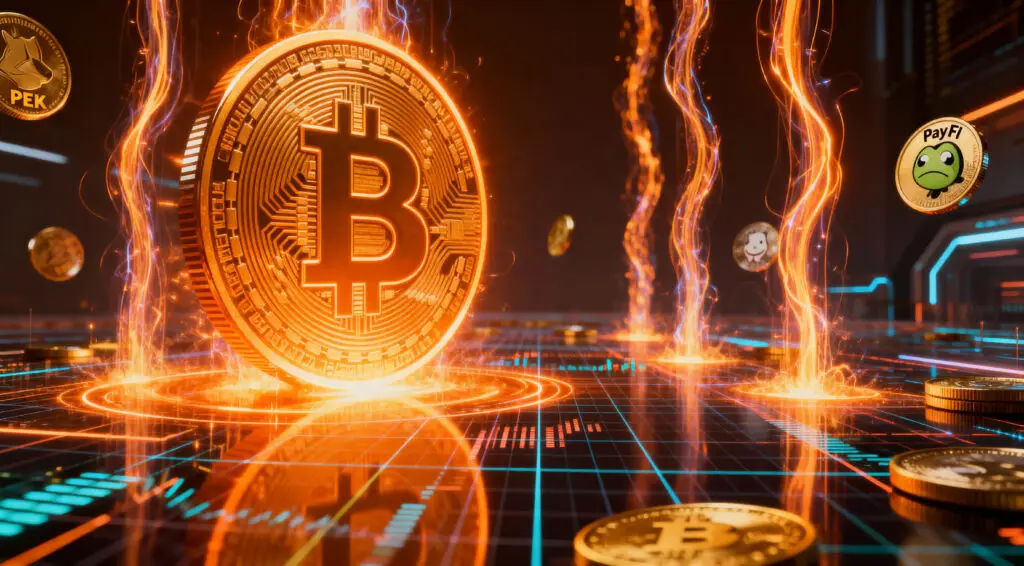The Assassination of Charlie Kirk and a Nation in Shock
The killing of Charlie Kirk on Sept. 10, 2025, during a speech at Utah Valley University stunned both his audience and the country. At just 31, Kirk was already a conservative powerhouse, having founded Turning Point USA at 18. His death followed a year of violent incidents targeting politicians and institutions nationwide. The attack forced lawmakers to confront growing risks in public campaigning and appearances. For many Americans, the tragedy marked a tipping point in fears about political safety.
A Surge in Political Attacks Across America
Kirk’s assassination was not an isolated case but part of a troubling trend. In 2025, attacks included the killing of Minnesota Rep. Melissa Hortman, an arson attempt on Pennsylvania’s governor, and shootings at federal facilities.
Earlier, Trump survived two assassination attempts in 2024, showing how both parties face dangers. Data shows more than 600 threats and harassment cases against officials in 2024, up 74% from 2022. These incidents suggest political violence is becoming an entrenched feature of U.S. life.
Political Violence in U.S. History: Not Without Precedent
The United States has long battled political violence at the highest levels. In the 20th century alone, multiple presidents faced assassination attempts, and two were killed. The civil rights era saw prominent leaders like Martin Luther King Jr. and Robert F. Kennedy murdered. Ordinary citizens, particularly Black Americans under Jim Crow, were also frequent targets of systemic violence. Historians say today’s unrest mirrors the turbulence of the 1960s but with new dimensions.
The Role of Polarization, Media, and Social Platforms
Experts argue that extreme polarization fuels today’s violent climate. Talk radio and cable news laid the groundwork, but social media amplified divisive rhetoric to massive audiences. Algorithms push the loudest, most extreme voices, often distorting public perception of political differences. Studies show Americans are less polarized than they believe, but misperceptions drive hostility. This environment makes it easier for some to view opponents as enemies rather than fellow citizens.
Recommended Article: After Charlie Kirk’s Murder, America’s Political Tradition Faces a Dangerous Crossroads
The Mainstreaming of Violent Rhetoric
Unlike the 1960s, violent rhetoric now reaches the political mainstream. Many politicians openly adopt aggressive language, further normalizing hostility. This rhetoric, combined with conspiracy theories, legitimizes extremist behavior for some followers. Experts say the blurring of lines between fringe and mainstream politics accelerates radicalization. The availability of guns only magnifies the danger when words escalate to action.
Violence Across the Political Spectrum
Political violence today cuts across ideological lines. Republicans and Democrats alike have been targeted in shootings, arson, and physical assaults. Kirk’s assassination and Trump’s near-misses reflect the right’s exposure, while Giffords and Pelosi’s family faced attacks from the left. Events like Jan. 6, 2021, showed how misinformation can fuel mass violence. Rising hostility means no party is immune from the ripple effects of extremism.
What Rising Violence Means for Democracy
Experts warn that normalization of violence undermines democratic participation. If politicians retreat from public engagement due to safety fears, voters lose direct access. Small gatherings in parks, coffee shops, or schools—the lifeblood of democracy—could vanish. Security measures may protect leaders but risk creating distance between citizens and their representatives. Ultimately, continued violence could erode the openness central to America’s democratic identity.














